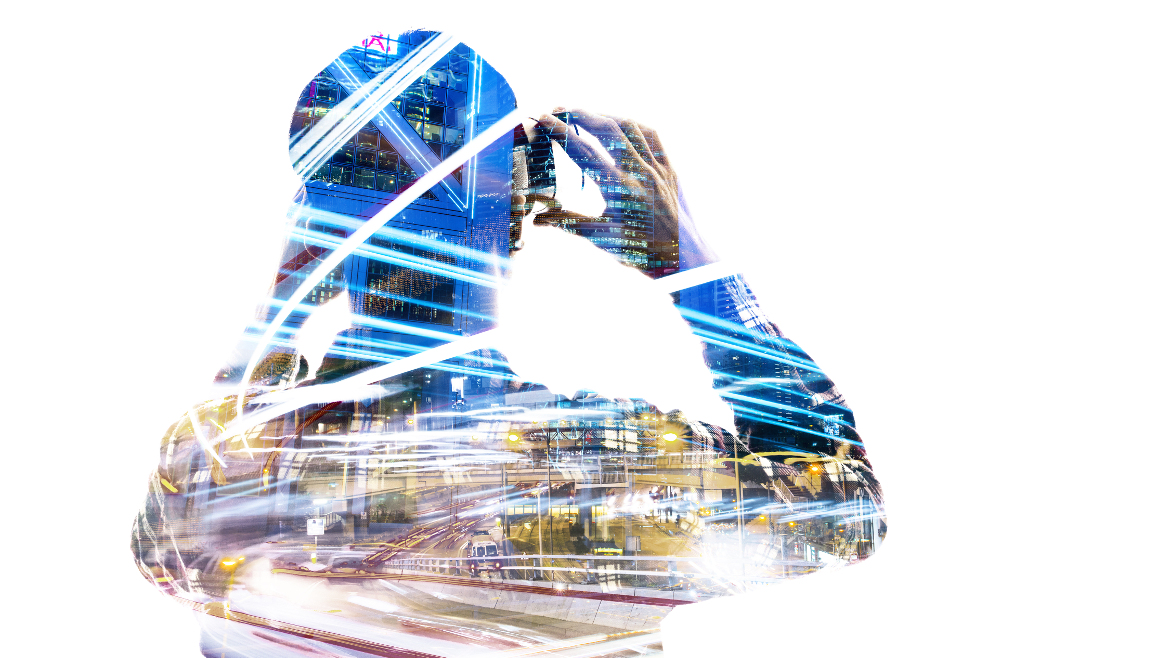Excitement is growing around virtual reality (VR), with pundits predicting a big impact for retailers and brands, but the concept is far from new in the retail world. In 2007 Second Life, an online virtual community developed in the US, was the talk of the technology sector, and consumer brands including Dutch bank ABN AMRO, UK entertainment channel MTV and Japanese carmaker Toyota all set up shop in its 3D virtual world, hoping to capitalise on what many predicted would be an important new digital channel. However, the promised revolution never materialised and Second Life is now barely remembered, except as a cautionary tale for the new wave of virtual reality platforms.
What went wrong? The platform’s clunky design was certainly a factor: tens of millions tried Second Life once, but most, daunted by the confusing user experience and steep hardware requirements, never returned.
In the intervening decade the performance of consumer hardware has improved. More importantly, virtual reality has some heavyweight backers—tech giants Facebook, Samsung and Google are all investing heavily in the technology. Deloitte, an advisory, predicts that the virtual reality industry will have its first billion-dollar year in 2016, while specialist consultancy Digi-Capital predicts that the virtual reality market will grow to US$30bn by 2020.
Adventurous retailers are exploring the possibilities. German carmaker Audi overcomes small city-centre showrooms by demonstrating the full range of its automobiles using virtual reality headsets. The autumn 2015 catwalk show of US fashion brand Tommy Hilfiger is available as a virtual experience in its stores. US retailer Lowe’s has built a virtual reality experience that allows customers the opportunity to see how a particular kitchen would look in their own home.
There are some tentative signs that all this could be more than just a Second Life-style gimmick. For example, an in-store virtual reality experience by UK travel agency Thomas Cook allowed customers to “try” holidays before buying, leading to a 180% uptick in sales conversions, according to its technology provider.
Proponents argue that the value of virtual reality, both in a creative and commercial context, is its ability to inspire emotion by creating an immersive experience. Visual designer Chris Milk describes VR as “the ultimate empathy machine”, providing its users with a fresh kind of insight into how another person—or a future version of themselves—might feel. The addition of haptic peripherals, which add the sensation of feeling and touch, including the ability to pick things up, will produce an even more powerful and emotional reaction.
But there are some obvious drawbacks. There is still room for improvement on the hardware front, and the very fact that users have to don bulky and expensive headsets that literally blind them to the outside world is a big minus. These challenges may be alleviated as more investment is pumped into VR technology.
But that would still leave a creative challenge, especially for businesses hoping to use VR as a customer engagement channel: how, if at all, can they create experiences that inspire customers to think more favourably of their products and services?
For this, they must draw on the creative imagination of designers and software developers. Technology companies are nurturing ecosystems of VR design and development talent, while advertising agencies and media companies are exploring how to apply their design capabilities to this new platform. Retailers will no doubt look to these partners to solve the creative challenges posed by VR, as they did with print, broadcast and digital media before it.
Virtual reality has more momentum and, crucially, more investment behind it than Second Life did in 2007. That gives it a better chance of reaching mainstream adoption. But there are no guarantees: the example of Second Life shows that just because technologists and brands are excited by something, it does not mean that the general public are ready to welcome it into their lives.
Would a virtual reality experience encourage you to buy a product or service? Is virtual reality part of the future of retail? Share your thoughts on the Future Realities LinkedIn group, sponsored by Dassault Systèmes.
Sponsored by:





